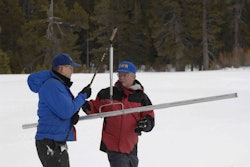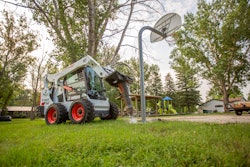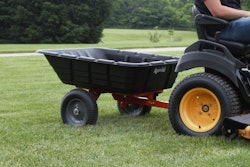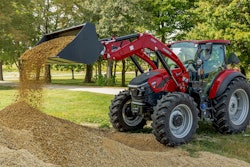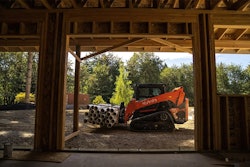 Photo: Pixabay
Photo: PixabayFirst discovered in Lake County Ohio in 2012, beech leaf disease can be identified by the presence of curling leaves with dark stripes. The leaves will begin falling earlier than normal, and this will prevent the tree from blooming the next season.
Symptoms can first be noticed on the buds and leaves, and the disease has been known to affect both the American beech (Fagus grandifolia) and possibly the European beech (Fagus sylvatica). Banding or striping that appears on multiple leaves of an otherwise healthy-looking tree is one of the more noticeable of beginning symptoms.
When viewed from below, the striping is more apparent, and the darkened leaf area will be slightly thicker and raised than the rest of the leaf tissue. As the disease progresses, lighter, chlorotic striping may occur as well.
In the later stages of the disease, the beech trees will begin to show heavily shriveled, discolored, deformed clusters of leaves near the branch tips; leaf and bud production will also be reduced. Buds that are produced are likely to be weakly attached to the twig and small, and mortality has been noted in saplings, mainly.
According to Mike Watson, conservation biologist at Holden Arboretum, the cause of the disease, as well as how it spreads, is still unknown.
“We’re watching it in the natural areas,” Watson told WKSU. “And we’re looking at how it moves and how it progresses, and seeing it can go from a stand that appears to be clean in one year to over 50 maybe 60 percent of trees have it within two years. So, it’s progressing quickly and it seems to be everywhere on the property.”
Other reports have indicated that the disease has also spread to Lake, Ashtabula, Geauga, Cuyahoga, Portage and Trumball Counties in northeastern Ohio, as well as Crawford County Pennsylvania.
The progression of the disease can vary with the size of trees. In saplings, the progression to severe decline can be quick, and it may only take a couple of years for it to take over the tree. In larger trees, the progression of the disease may be slower, and it will typically move upwards starting at the lower branches.




